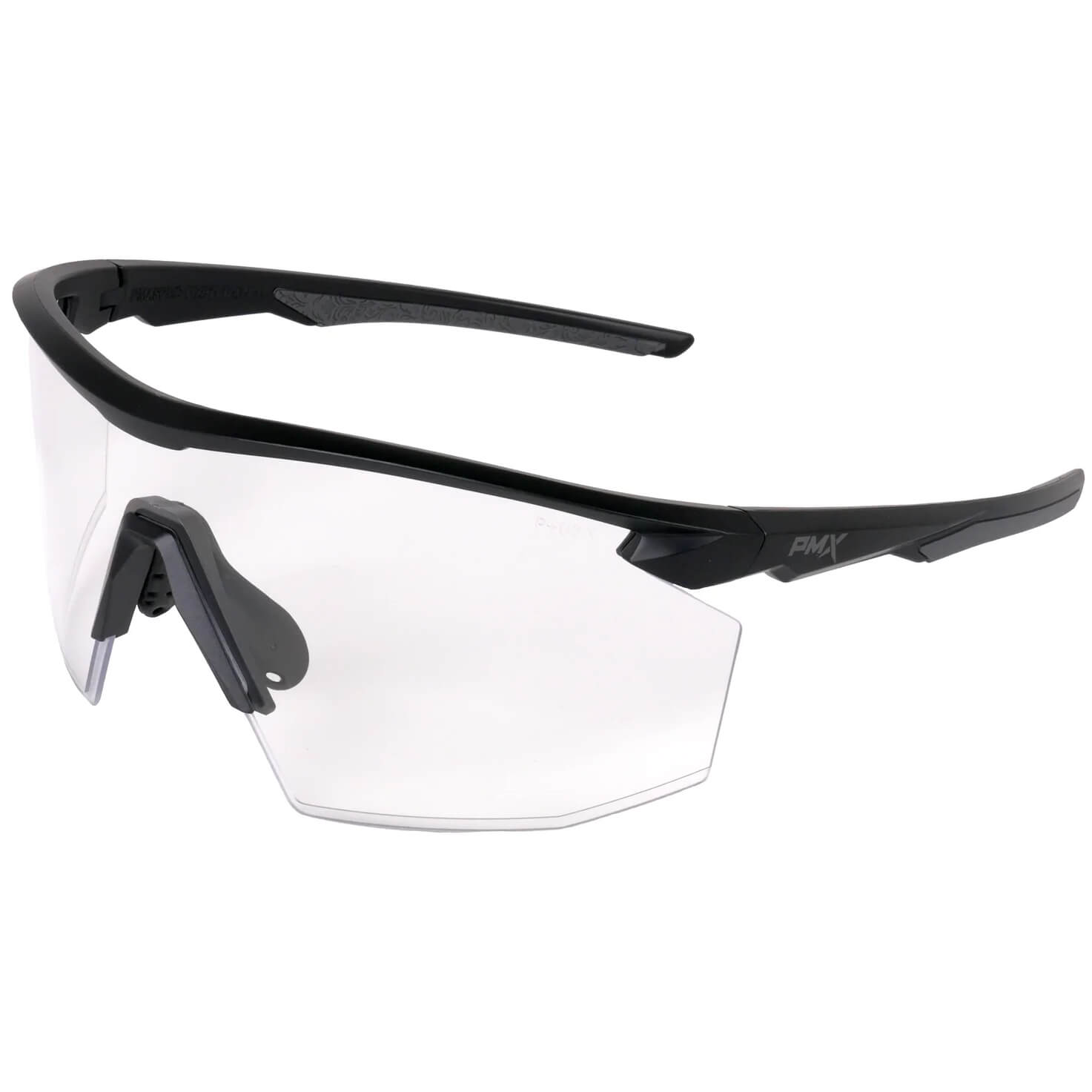What is glare?
The International Commission on Illumination (CIE) defines glare as “visual conditions in which there is excessive contrast or inappropriate distribution of light sources that disturb the observer or limits the ability to distinguish details and objects.”
Glare, one of the leading causes of eye strain and less-than-optimal vision, exists as a significant safety hazard by making visibility difficult and even impossible at times and through the stress it places on the eyes, neck, and shoulders as muscles try to adapt. Glare most often presents itself in the presence of bright, natural light and artificial light.
The most common workplace glare culprits are computer screens and sunlight. Additional problem areas involve:
- Unshaded or un-diffused lighting sources.
- Lack of color variety in worker surroundings.
- Poor lighting conditions.
Why is glare a problem?
On one end of the spectrum, problems with glare exist as minor annoyances from sources like street or car lights at night or as discomfort from everyday lighting situations. However, at extreme levels, glare can be intense enough to significantly reduce visibility or block vision.
Glare problems in an office workspace involve simultaneously using computer screens and paper documents. Resulting issues include eye strain and significant head, neck, and shoulder aches from the improper head position since workers tend to lean forward or backward to reduce the glare. In addition, doing this for hours a day leads to long-term issues for the worker.
Age can also affect how much discomfort glare causes since people generally become more sensitive to glare as they age. In addition, glare impacts every individual, regardless of age difference. Therefore, intolerable conditions for one person can seem acceptable to another.
Since glare problems in the workplace often come from more than one source and can vary from one day and individual to the next, solutions for this safety hazard will likely come through a combination of approaches.
10 ways to reduce glare
Glare is controlled by adjusting the light source or the surface reflecting it and filtering light before it reaches the eyes. The following solutions seek to prevent glare in these ways.
1. Filter & diffuse light. Use filtered light instead of direct light, which causes the most glare. Diffuse light with lamp shades or globes, and use adjustable curtains or blinds on windows.
2. Adjust work areas. Make sure work surfaces have a dull or matte finish since shiny surfaces reflect light more. Even adjusting colors on walls and ceilings can add contrast and reduce glare in work areas.
3. Wear polarized lenses. Polarized glasses reduce glare when bright light reflects off a shiny surface like water, snow, glossy printed paper, or painted surfaces.
4. Look for anti-glare coatings. Anti-glare treatment can reduce glare at night and inside from computer screens and inside light. Ask your ophthalmologist for the coating for prescription eyewear or purchase anti-glare safety glasses.
5. Adjust the light level. Although light level impacts visual performance, brighter is not always better. Raising the overall light level can help with contrast and, thus, visibility.
6. Add a desk lamp. In some situations, adding a desk lamp for viewing paper documents helps significantly by illuminating the document while avoiding excessive light on the computer screen. However, ensure the lamp doesn’t cause additional glare off a computer monitor.
7. Use adjustable lighting. Ensure the light is adjustable for dimness or brightness to suit the situation.
8. Let technology help. Use computer monitors with adjustable contrast settings, and change the background color on the computer screen to suit the lighting situation.
9. Consider the placement of computers. Adjust the angle and placement of monitors to reduce glare from overhead lights. Ideally, place them at a right angle to all lighting sources, including windows.
10. Try foam seals & wrap-around glasses. Safety glasses with foam padding, wrap-around sunglasses, and safety glasses help protect from side/angular glare, which can cause as much damage as direct sunlight.
OSHA describes good lighting as having sufficient light coming from the right direction and not causing obscure shadows. It also has good, but not excessive, contrast between the task and the background, in addition, to limit glare and extreme contrast. Finally, good lighting means the correct light for the situation and environment.
After assessing workplace lighting situations in general, consider individual challenges with glare in the workplace. Doing so will help reduce workplace accidents resulting from poor visibility and reduce worker health issues such as headaches and shoulder and neck problems often resulting from workers adjusting to glare.








